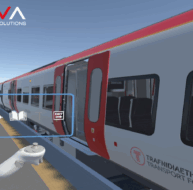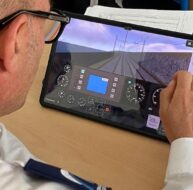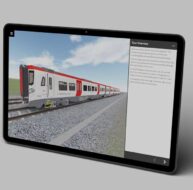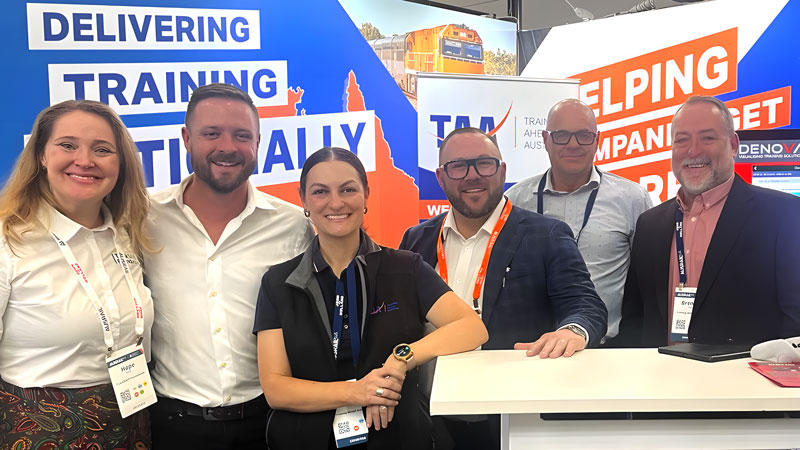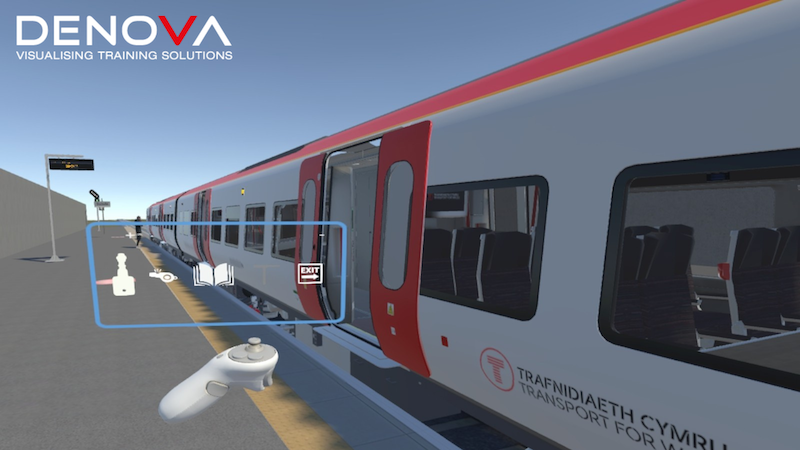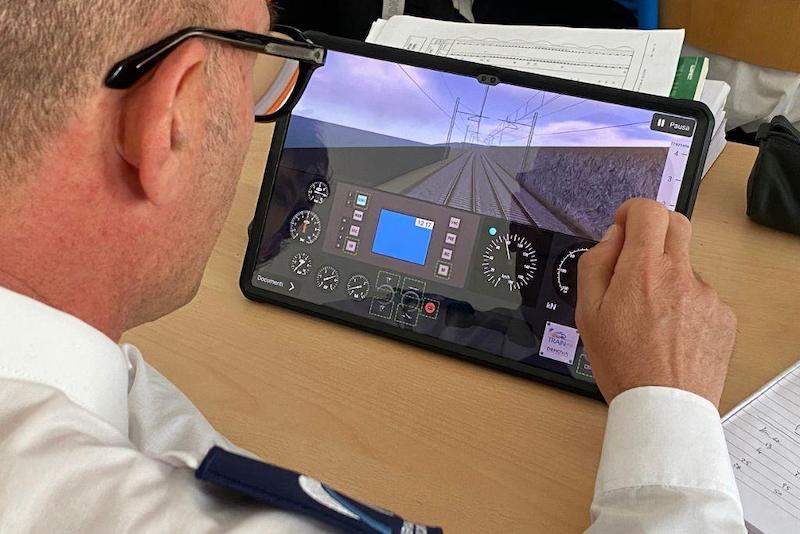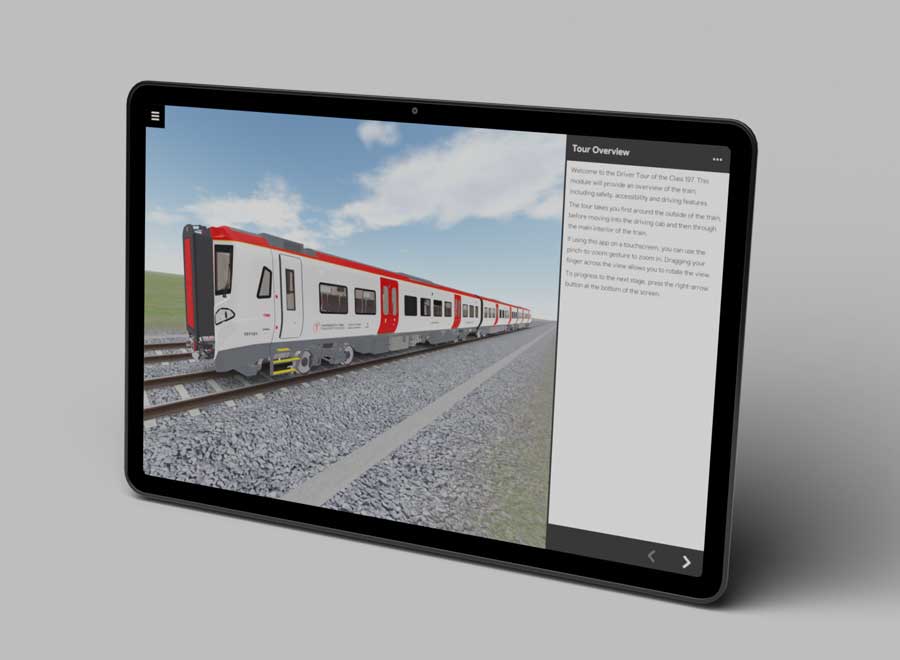Training Drivers now and for the Future
Overcoming Challenges and Building Confidence in New Rail Technologies
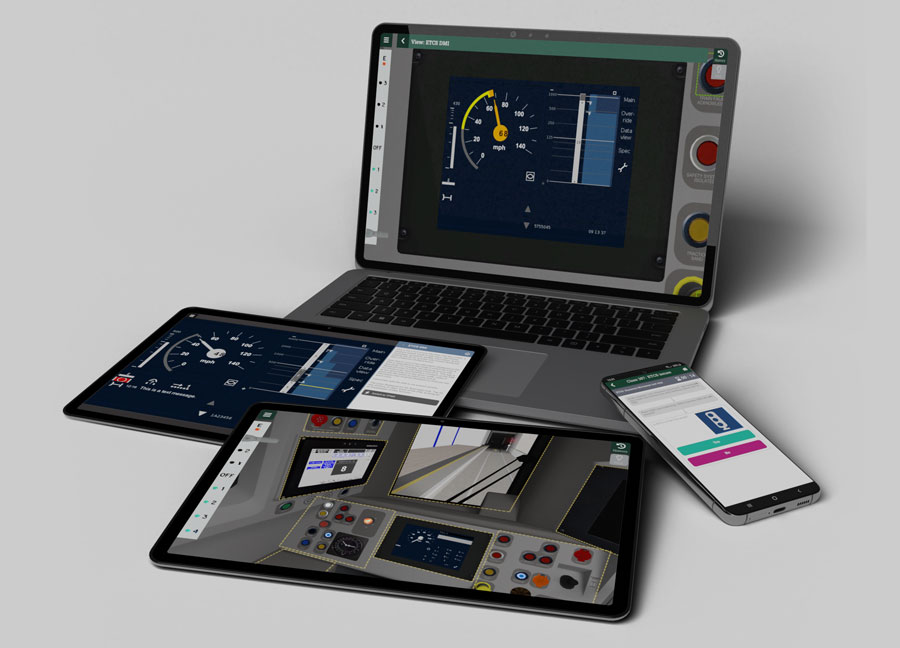
Advancements in rail technologies are changing our trains, locos and networks to become safer and more efficient. However, benefits are only realised when drivers are supported through the change process with well designed training.
Changes come with their own risks on the rail network, new technologies, such as ETCS and train management systems, require existing drivers to be upskilled, which is neither simple nor cheap. New procedures and change can be resisted, resulting in slower adoption of upgrades and improvements, however by supporting staff in the change management process this risk can be mitigated.
From our experience delivering training technologies for multiple train operators we’ve identified a simple 3-step plan that will help support drivers build confidence and competence in new in-cab technologies, as part of a blended training strategy.
- Familiarisation with any new Driver Machine Interface (DMI) control is the first step in building confidence. What does the DMI look like, what does each control function do and sound like. Build muscle memory by letting drivers navigate the interface interactively through simulation.
- Procedure simulation is the next step, bringing the control functions together to allow the driver to become familiar with what standard, degraded and emergency procedures look and sound like on the DMI. This is particularly effective in building confidence with procedures that drivers may seldom experience.
- Scenario-based learning is the last step, combining the previous two into short two to three step training scenarios allowing the driver to self-test their knowledge and confidence on a range of standard, degraded or emergency scenarios.
The increasing complexity of train management DMIs and the introduction of battery and hydrogen power control systems requires a fresh approach to training design, blending traditional simulator use with flexible mobile simulation to support confidence and competence building.


